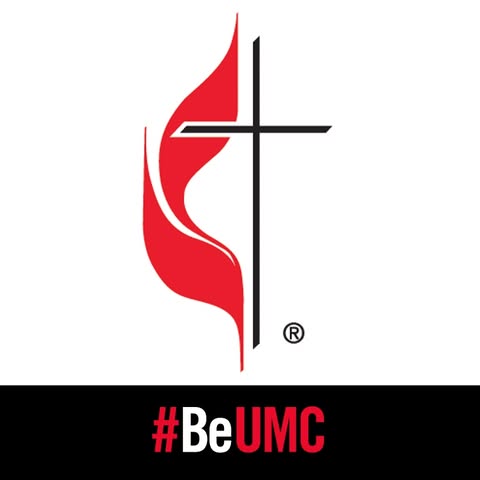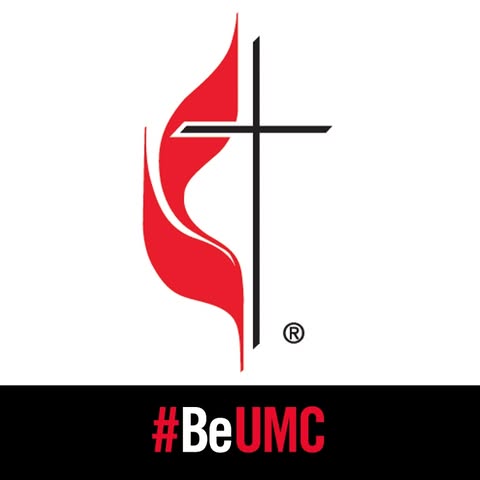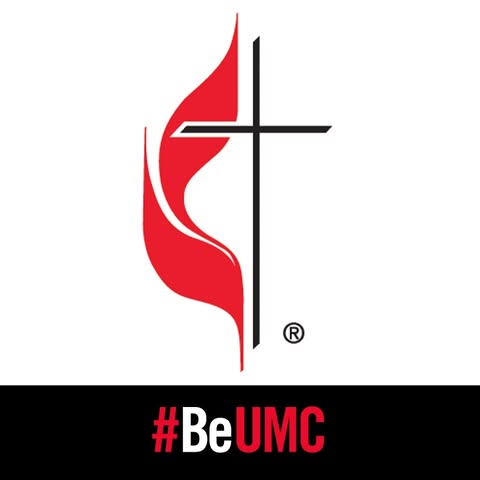
THE GOSPEL COALITION INC
TGC supports the church by providing resources that are trusted and timely, winsome and wise, and centered on the gospel of Jesus Christ. The Gospel Coalition supports the church by providing resources that are trusted and timely, winsome The Gospel Coalition supports the church by providing resources that are trusted and timely, winsome and wise, and centered on the gospel of Jesus Christ.

ICO
10892431
476000
X (Twitter)
294628
Traffic
27983
From Social media
News about from their social media (Facebook and X).
𝗙𝗿𝗼𝗺 𝗛𝗶𝗴𝗵 𝗦𝗰𝗵𝗼𝗼𝗹 𝘁𝗼 𝗖𝗮𝗺𝗽𝘂𝘀: 𝗦𝘁𝗮𝘆 𝗥𝗼𝗼𝘁𝗲𝗱 𝗶𝗻 𝗖𝗵𝗿𝗶𝘀𝘁 𝗮𝗻𝗱 𝗚𝘂𝗮𝗿𝗱 𝗬𝗼𝘂𝗿 𝗛𝗲𝗮𝗿𝘁 Before heading to college, I wasn’t too concerned about preparing myself spiritually. Looking back, I wish I had been. Imagine standing at a fork in the road: one path draws you closer to God, the other leads toward conformity to the world.
Like Comment
Data about organisation
Interfaith Issues Category
Organisations with similar rank to THE GOSPEL COALITION INC in category Interfaith Issues

1. COLESVILLE, SILVER SPRING UNITED METHODIST CHURCH
The United Methodist Church is a worldwide connection of close to 10 million members in over 100 countries including Africa, Asia, Europe and the United States.

The Gospel Coalition supports the church by providing resources that are trusted and timely, winsome.

3. Ministerio Palabra Y Poder Incorporated
Noches de Gloria es un evento organizado por el Ministerio Palabra y Poder.

4. SHAKE THE NATIONS MINISTRIES INC
For all the latest news, to invite us to your city, or to partner in the harvest, visit our official website: https://www.
Columbia
Organisations from THE GOSPEL COALITION INC

9. TRENHOLM ROAD UNITED METHODIST CHURCH
The United Methodist Church is a worldwide connection of close to 10 million members in over 100 countries including Africa, Asia, Europe and the United States.

10. STURGEON UNITED METHODIST CHURCH
The United Methodist Church is a worldwide connection of close to 10 million members in over 100 countries including Africa, Asia, Europe and the United States.

The Gospel Coalition supports the church by providing resources that are trusted and timely, winsome.

12. Clarksville Youth Care Group
62nd Governor of Maryland.

13. Columbia Society for Human Resource Management
BETTER WORKPLACES.
Interesting nearby
Interesting organisations close by to residence of THE GOSPEL COALITION INC

The Gospel Coalition supports the church by providing resources that are trusted and timely, winsome.

Covering the world of religion.
Similar social media (770628)
Organisations with similar social media impact to THE GOSPEL COALITION INC

8090. Parkinson's Foundation, Inc.
We make life better for people with Parkinson’s disease.

8092. THE GOSPEL COALITION INC
The Gospel Coalition supports the church by providing resources that are trusted and timely, winsome.

8093. PERSONALITY DISORDER AWARENESS NETWORK INC
PDAN's goals are to increase awareness of personality disorders, alleviate the impact on families, an.

8094. THE WILD ANIMAL SANCTUARY
Saving one animal may not change the world But surely for that one animal The world will change Forever.
Similar traffic
Organisations with similar web traffic to THE GOSPEL COALITION INC

123107. MONTEREY BAY AQUARIUM FOUNDATION
Our mission is to inspire conservation of the ocean.

123109. THE GOSPEL COALITION INC
The Gospel Coalition supports the church by providing resources that are trusted and timely, winsome.

Open to infinite possibilities inspired by art, together we’re creating a community where all belong.

123111. Flywire Charitable Foundation
Delivering the most important & complex payments.
Join us and make a difference for the future!
Sign Up
Please fill in your information. Everything is free, we might contact you with updates (but cancel any time!)
Sign in with GoogleOr
Good News
Exciting news in the fight against breast cancer! 💪✨ Sacituzumab govitecan shows promise as a potential new standard treatment, improving survival rates for metastatic triple-negative breast cancer. Together, we can support innovation in healthcare! #BreastCancerAwareness #Hope
Sacituzumab govitecan 'potential new standard' for triple-negative breast cancer subset
Healio
Like Comment🌍 Exciting news! Google Earth has launched an AI chatbot to help us better understand and tackle the climate crisis. 🌱💬 This innovative tool will aid in mapping disasters and predicting their impacts on communities and ecosystems. Together, we can work towards a healthier planet! #ClimateAction #GoodNews
Google Earth Gets an AI Chatbot to Help Chart the Climate Crisis
Wired
Like Comment










